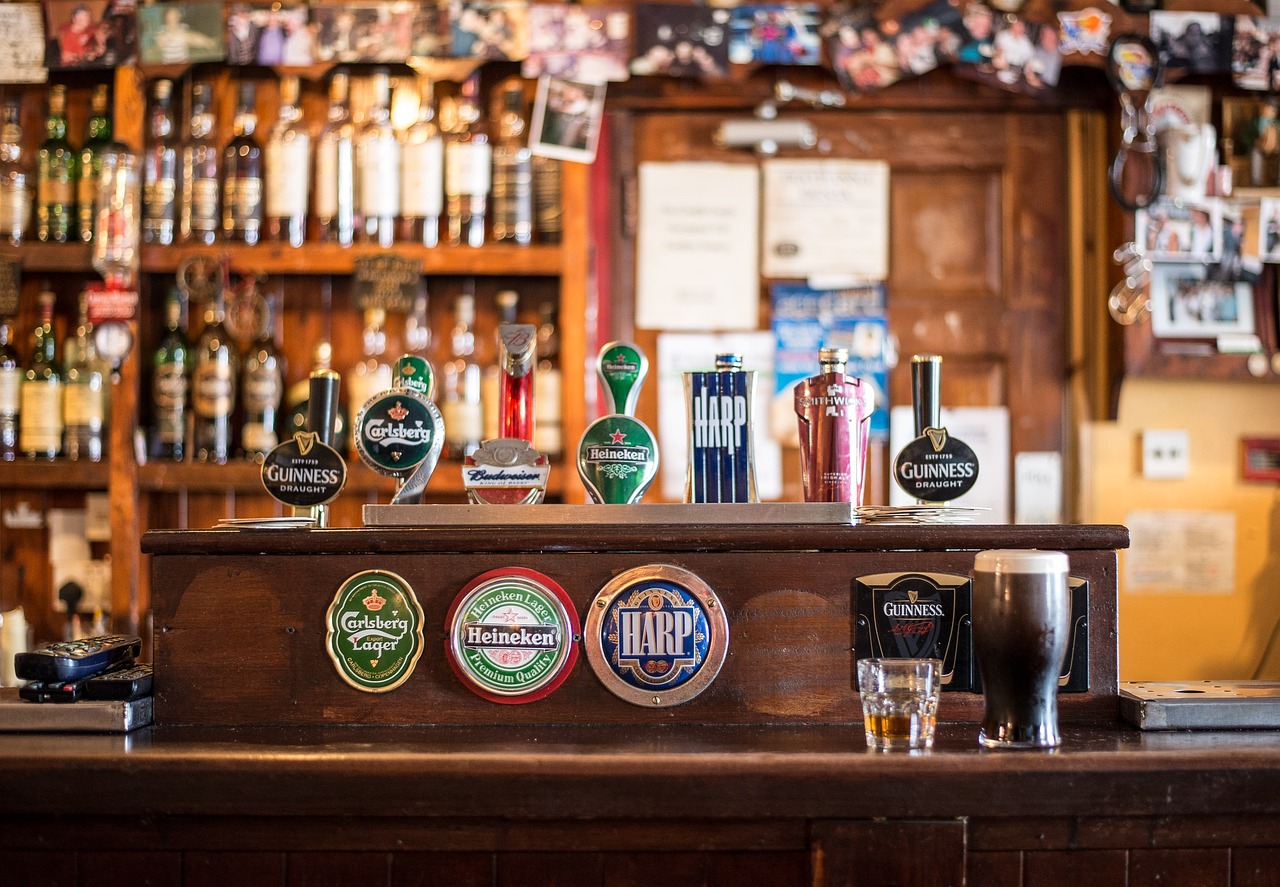Donn of the Dead: Guardian of the Underworld in Irish Mythology
In the realm of folklore, tales that traverse generations often transform, adapting to the evolving narratives of their times. Such is the case with Donn of the Dead, a formidable figure associated with the afterlife, who presides from his formidable tower, where his three sons proclaimed, “we ride the horses of Donn – even in life, we are marked by death!” This echoes the time when they confronted High King Conaire Mor, and on tempestuous nights, Donn’s spectral white horses can still be glimpsed.
The earliest accounts of Donn, the gatekeeper to the shadow realms, portray him not just as a harbinger of death but also as a wise healer and educator. He is believed to have held court atop Knockfierna, known as the Hill of Truth, amidst a mound rich in dolmens—commonly referred to as the “Giants Graves.” During Samhain, wandering souls might encounter him as an elderly man donned in white, imparting profound knowledge about creation to a group of eager disciples.
Donn also receives reverence as the leader of the Sand Hill fairies located in Dooghmore, County Clare. The renowned Irish poet Andrew Mac Crúitín, one of the last writers to employ the age-old syllabic bardic meter, has immortalized him in verse.
Beneath those sandy cliffs of old repute,
O Mighty Don! Accept my deep salute;
No stranger’s greeting to a wretched Gael,
To thee I bring but the devout All Hail
Of a pilgrim caught by night’s cold shade,
Whose zeal long-suffering has not yet decayed…
In his reflective piece, Mac Crúitín seeks solace from Donn, likening his plight to that of a forlorn vessel stranded on the shore, longing for the grace of the one true protector. The poem also encapsulates a deep yearning for the ancient connections and the spectral bonds between the living and the deceased.
Traditionally, Donn is recognized as the progenitor of the Maguires, hailing from County Leitrim, and regarded as the father of Diarmuid O’Donn, a figure from the celebrated band of the Fianna.
The Festival of Samhain
Donn’s celebration, coinciding with Samhain, marks the epochal division between summer and winter. During this time, the boundary separating the living from the spectral was viewed as fragile, allowing spirits to traverse between realms. Families would invite the apparitions of their ancestors into their homes, while ensuring that malevolent spirits were warded off by protective charms and incantations. Participants would don costumes and masks when venturing outdoors, fearing that an ominous specter might recognize them. On this night, it was customary to evade bridges, crossroads, ancient mounds, and graveyards.
Preparations included offering food not only for the living but also for the souls of the dead, utilizing these offerings to placate their spirits. Neglecting this duty could unleash their wrath, resulting in misfortune throughout the year.
Representative of the ritualistic traditions, bones from livestock were tossed into roaring bonfires, while domestic fires were extinguished, only to be rekindled the following dawn from the primary bonfire—a grand spectacle particularly noted at Tlachtga near Tara, serving a reminder for the return of the sun. Participants would encircle the flames, dancing in a counterclockwise manner, often visionary of those destined to perish in the coming year or seeking glimpses of their future spouses, though these encounters carried the risk of confronting one’s fate or even Donn himself!
Furthermore, it is said that on this day, the souls who departed within the year gathered in Donn’s abode, partaking of his hospitality before their journey westward. Fishermen close to the southern islands would sometimes witness ethereal boats making landfall accompanied by haunting voices summoning names of the deceased—previously inscribed in ancient texts as, “To me, to my house, you shall come after your death.”
The Arrival of the Milesians
Legend holds that Donn is among the first of the Milesians, a noble figure who arrived in Ireland with his brothers—Amergin, Ir, Heremon, Arranan, Colpa, and Heber—to claim the land. Upon their arrival, they encountered three powerful Sidhe Queens: Banba, Fodhla, and Ériu.
Ériu, upon observing the invaders, foresaw the demise of the ancient ways and prophesized prosperity for them, requesting the nation be named in her honor. Donn, however, dismissed her claim, asserting their triumph would stem from their might and the favor of their gods—a proclamation that incited Ériu’s ire, introducing her curse—he would reap no victory, nor would his lineage endure.
Later, the Milesians approached the De Danann at Tara, who, as it turned out, were not prepared for conflict. In a gesture of goodwill, Amergin retreated nine waves’ breadth from shore, willing to forgo their conquest if landing was disrupted.
Unfortunately for Donn and his brothers, the De Danann conjured fierce storms that scattered their ships, leading to the drowning of many warriors, including Donn himself. The prophecy of Ériu materialized as the place of his demise, now called Bull Rock, stands as Donn’s domain, serving as a portal where the deceased await their journey across the waters.
Conclusion
The myth of Donn is a complex weave of tradition, superstition, and historical reverence. As the spectral guardian of the underworld, he remains a pivotal figure intertwined within the rich tapestry of Irish and Celtic folklore, offering insights into humanity’s relationship with life, death, and the passage between the worlds.



